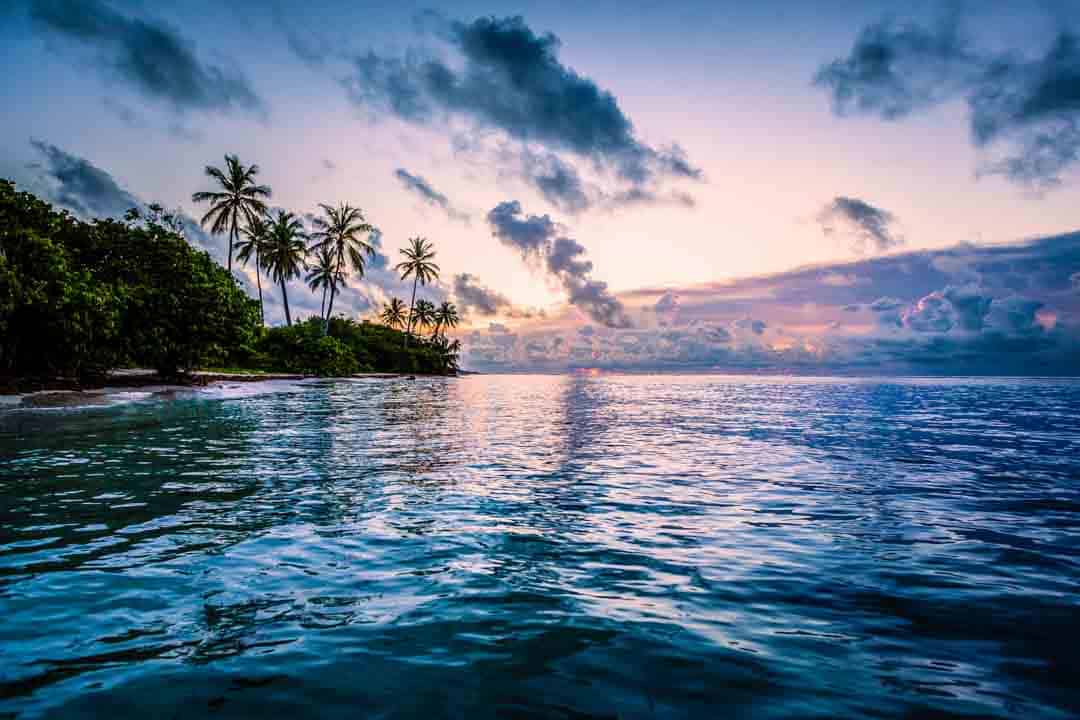The Caribbean is the perfect place for snorkeling. You will find a variety of fish, coral reefs and other aquatic life to see. The Caribbean offers some of the best snorkeling in the world.
The following are some of the best spots for snorkeling in the Caribbean:
– Saint Lucia: With its incredible coral reef system, Saint Lucia is one of the best places for snorkeling in all of the Caribbean. There are plenty of different types of colorful fish that you can see while you are there and it’s great for beginners as well as advanced divers.
– Dominican Republic: There are many different types of marine life.
This article provides an expert guide to the best snorkeling in the Caribbean, including what to expect and what you will see when you get there.
BEST SNORKELING IN THE CARIBBEAN IN 2023
- GRAND CAYMAN Stingray City
- US VIRGIN ISLANDS Waterlemon Cay
- THE GRENADINES Tobago Cay Marine Park
- PUERTO RICO Cayo Diablo National Park
- GRENADA Underwater Sculpture Park
- MEXICO Isla Mujeres
- BONAIRE Klein Bonaire
- BAHAMAS EXUMA Thunderball Grotto
- DOMINICA Champagne Beach
- LITTLE CAYMAN Bloody Bay Marine Park
ALL THE BEST SNORKELING IN THE CARIBBEAN THAT WE TESTED
GRAND CAYMAN Stingray City
DIFFICULTY
Beginner
DEPTH
33 feet (10 meters)
VISIBILITY
33 feet (10 meters)
ACCESSIBILITY
Shore entry
NOTABLE SEALIFE
Stingrays
RENOWNED FOR
Stingray feeding
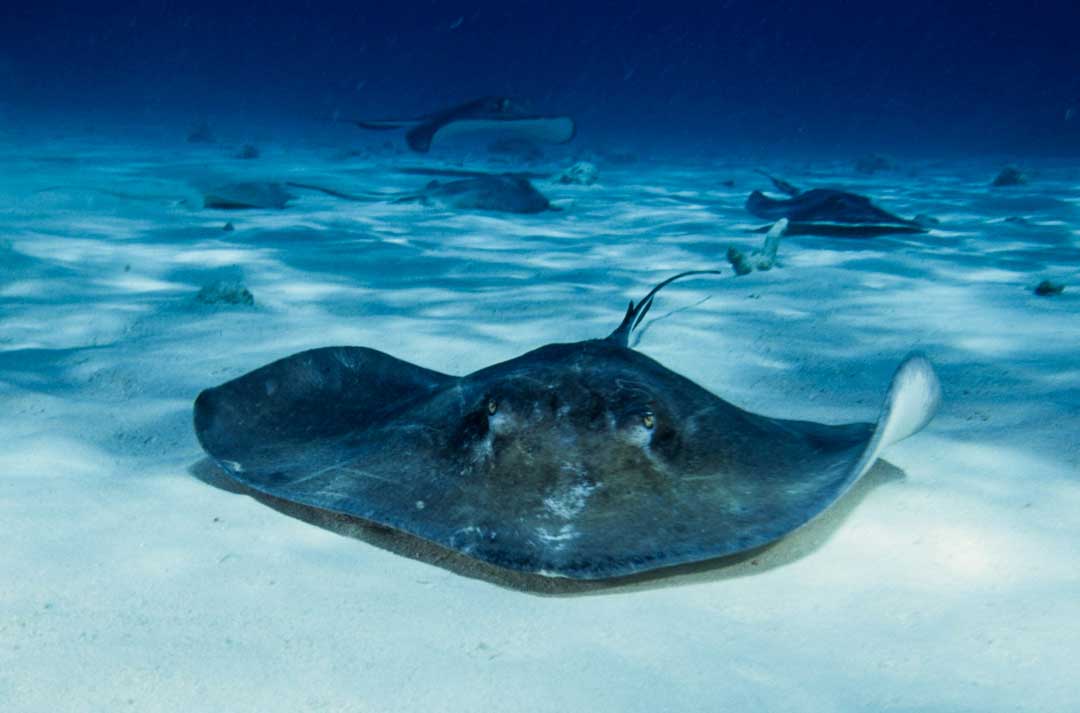
Apart from the magnificent cultural and historical attractions, Bali – Indonesia’s leading tourist destination – offers an incredibly diverse underwater world. The easiest accessible and one of the best snorkeling in Indonesia can be found there. Bali is surrounded by incredible reefs that are all worth a visit, but Nusa Pineda is uniquely beautiful. This offshore island on the southeast coast of Bali is the best place to snorkel in Indonesia. The island’s coral reef is home to Manta Rays. In fact, at one particular spot, called Manta Bay, you are guaranteed to encounter some Manta Rays while snorkeling above the shallow reef. The reef, however, is shallow, and currents can be strong – so do be aware. If you are an inexperienced snorkeler, we suggest you stay on Bali and visit Tanjung Benoa Reef in Nusa Dua. This vibrant reef is safe for any level, and you are guaranteed to encounter swarms of damselfish foraging in the colorful reef ecosystem.
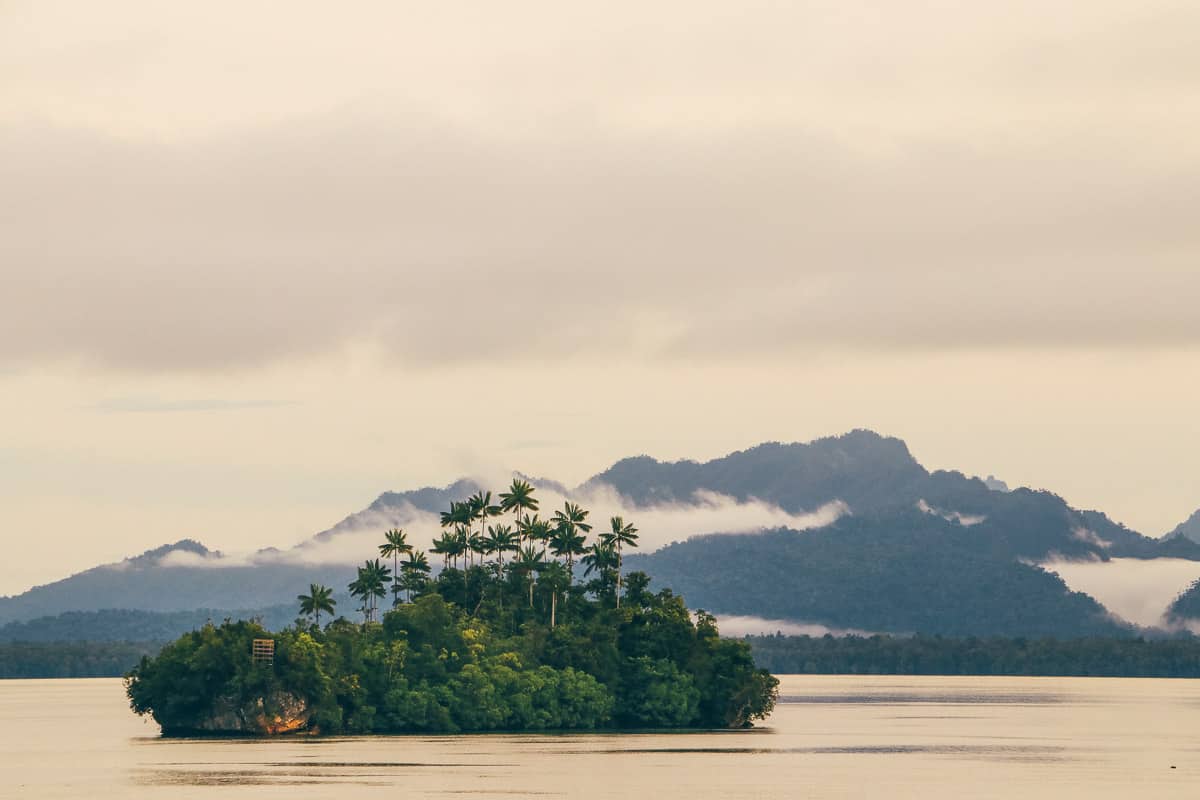
Stingray City is a shallow sandbar close to the Grand Cayman island. It is home to dozens of Southern Atlantic Stingrays and boasts one of the best snorkeling in the Caribbean. It is one of the best places in the world to see the stingrays closeup and personal. Here you can feed stingrays strips of fish, and with rays averaging 5ft wide, it is an incredible experience. Avoid winter, however; this is cruise ship season, and the beach gets swamped. Summer is a far better time to go.
A snorkeling expedition in the Grand Cayman is a once in a lifetime experience. It offers Southern Atlantic Stingrays as close as 3 feet. Tours regularly offer trips ranging from three to five hours where you can feed, swim with, and photograph these exceptionally passive rays.
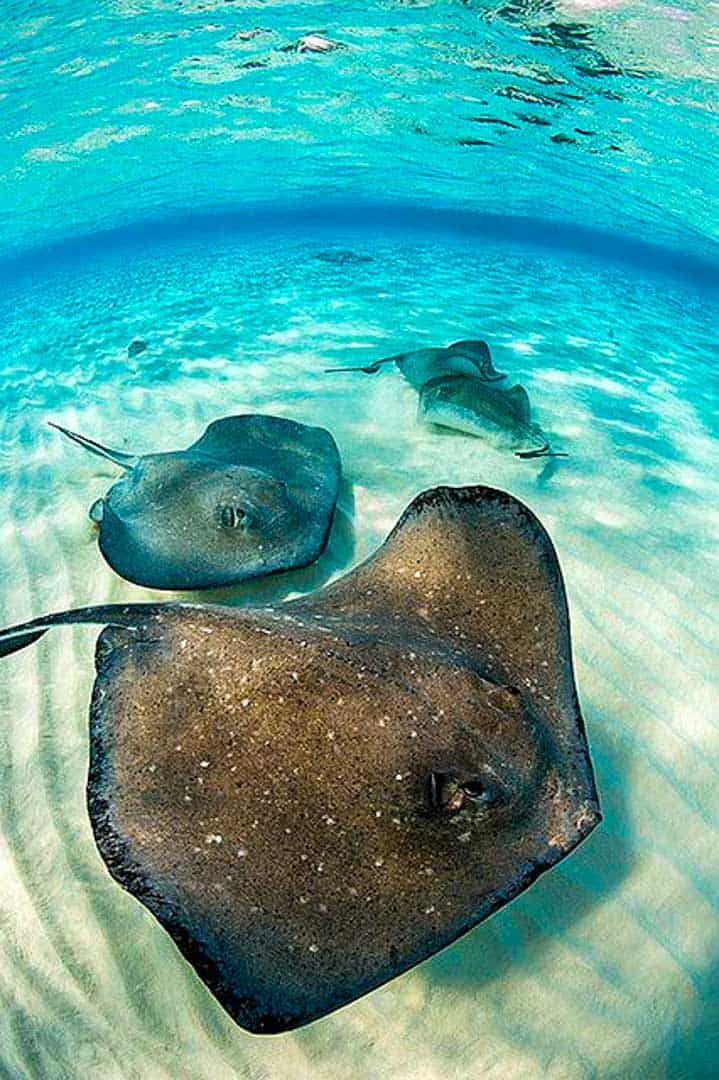
US VIRGIN ISLANDS Waterlemon Cay
DIFFICULTY
Beginner
DEPTH
32 feet (10 meters)
VISIBILITY
32 feet (10 meters)
ACCESSIBILITY
Shore entry
NOTABLE SEALIFE
Sea turtles, Rays, Dolphins
RENOWNED FOR
Outstanding Shore Reefs
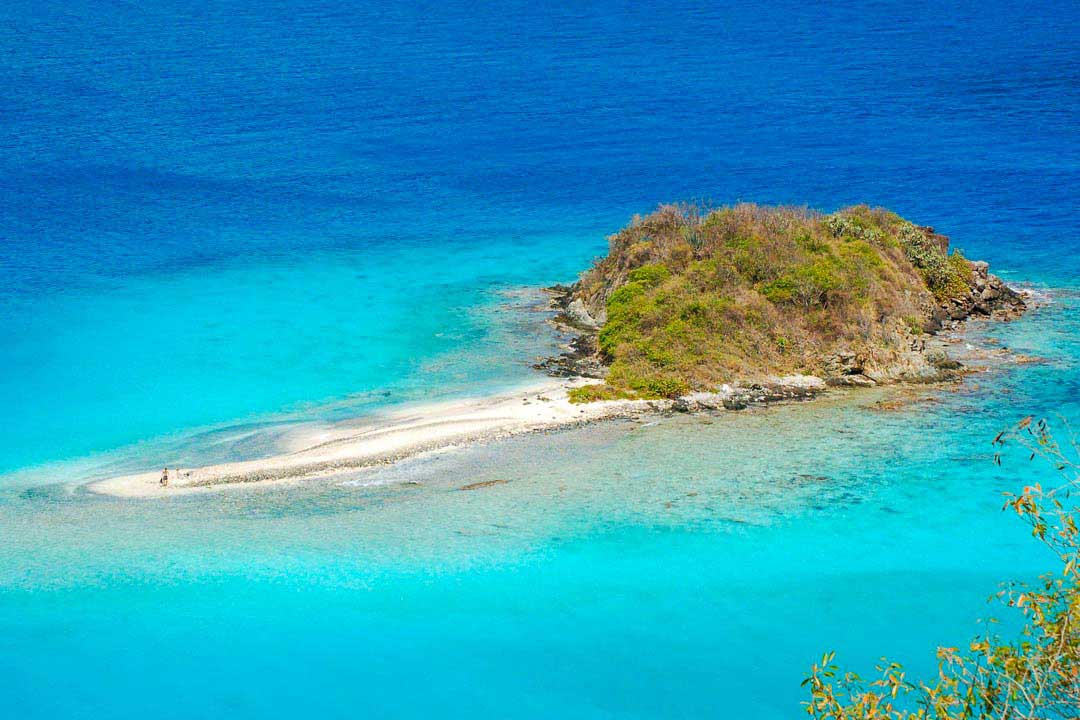
Waterlemon Cay is a ten-minute swim out from the shore. It offers fantastic snorkeling with regular encounters of turtles, rays and iridescent fish. A riveting snorkeling experience can be enjoyed along the snorkeling trail at Trunk Bay. It has labeled fauna, which makes for good fun and a splendid means of learning your sealife.
The beautiful location offers four large plantation ruins, a flat hike, and the Cay which is rich in marine life. Look out for dolphins here as well as the occasional nurse shark.
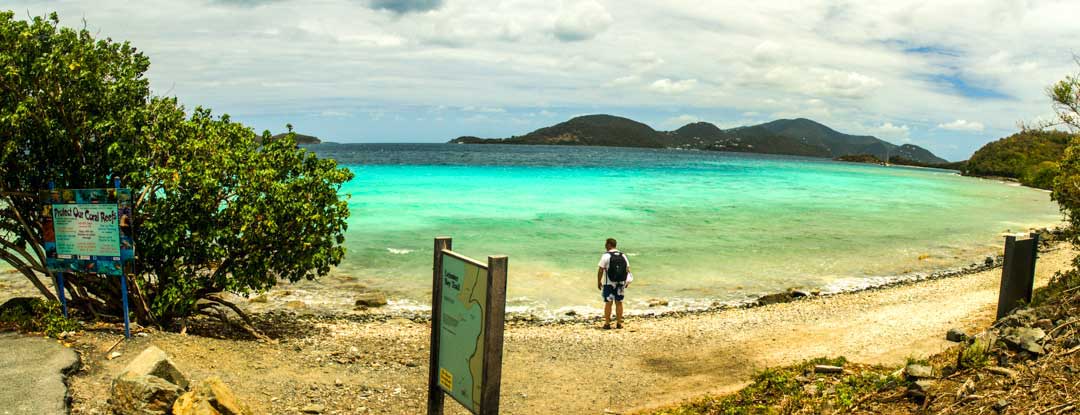
THE GRENADINES Tobago Cay Marine Park
DIFFICULTY
Beginner
DEPTH
36 feet (11 meters)
VISIBILITY
36 feet (11 meters)
ACCESSIBILITY
Shore Entry
NOTABLE SEALIFE
Spotted eagle rays, conchs, lobsters, sea turtles
RENOWNED FOR
Sea turtle feeding sites and nests
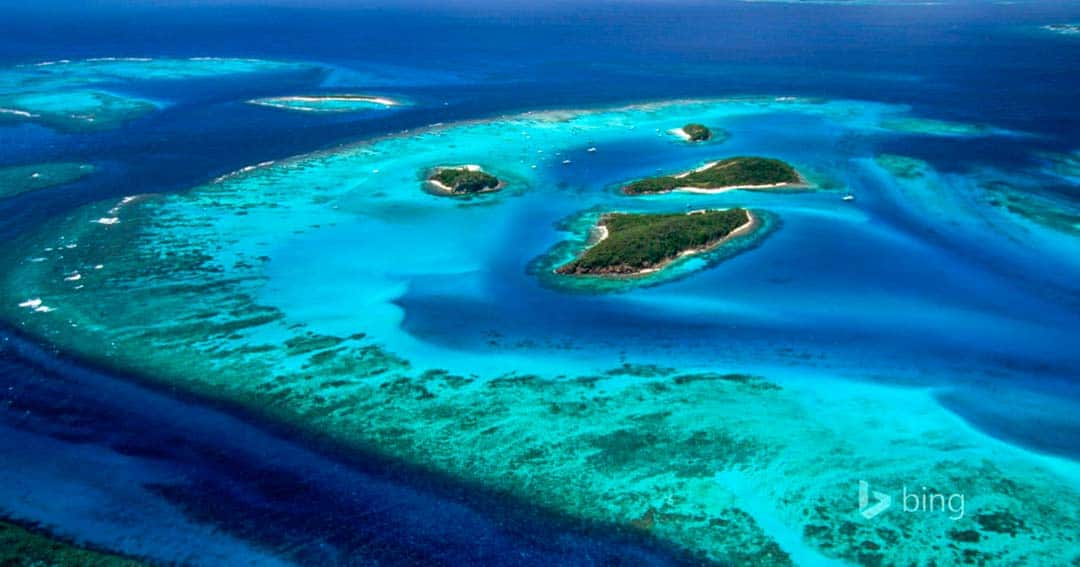
Tobago Cay is undoubtedly one of the best places for snorkeling in the Caribbean. It is perfect for turtle spotting. Multiple boats travel daily to search out green turtles for tourists. The reef has a significant number of coral reefs, sea turtle nesting sites as well as feeding areas. There are also small systems of mangroves where you can snorkel to search out small juvenile fish. Nearby horseshoe reef also offers a brilliant opportunity to snorkel with spotted eagle rays.
The reef at Tobago holds unique biological significance. The sea turtle, conch, iguana, and lobster populations are very numerous. Known as the “Jewel in the crown” of the Grenadines, it is a snorkeling site that should not be missed.
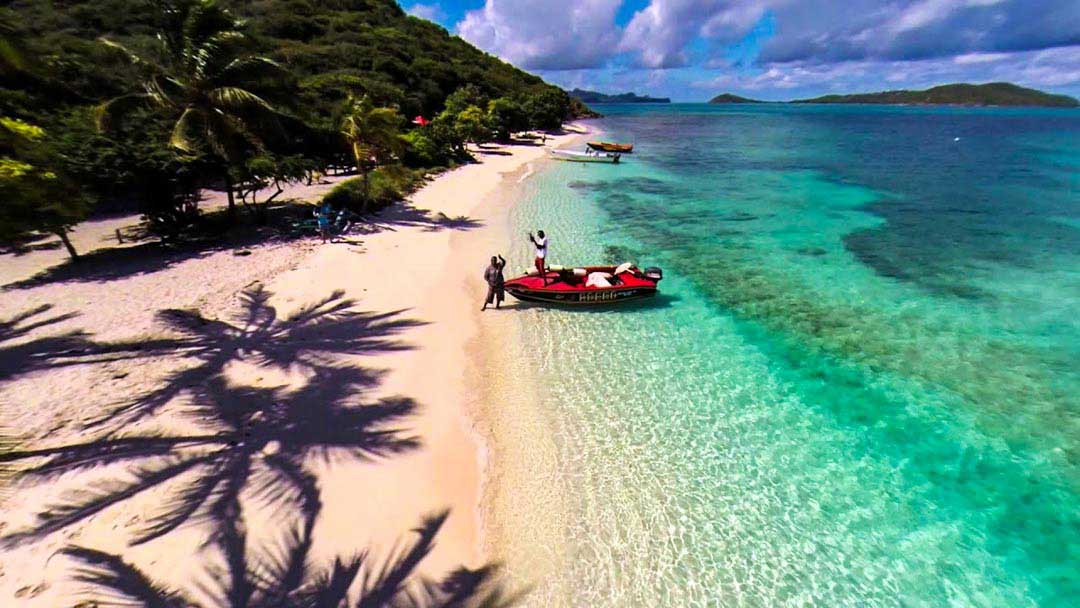
PUERTO RICO Cayo Diablo National Park
DIFFICULTY
Beginner
DEPTH
60 feet (18 meters)
VISIBILITY
20 feet (6 meters)
ACCESSIBILITY
Shore entry
NOTABLE SEALIFE
Corals, Green, and Hawksbill turtles
RENOWNED FOR
Outstanding shallow snorkeling
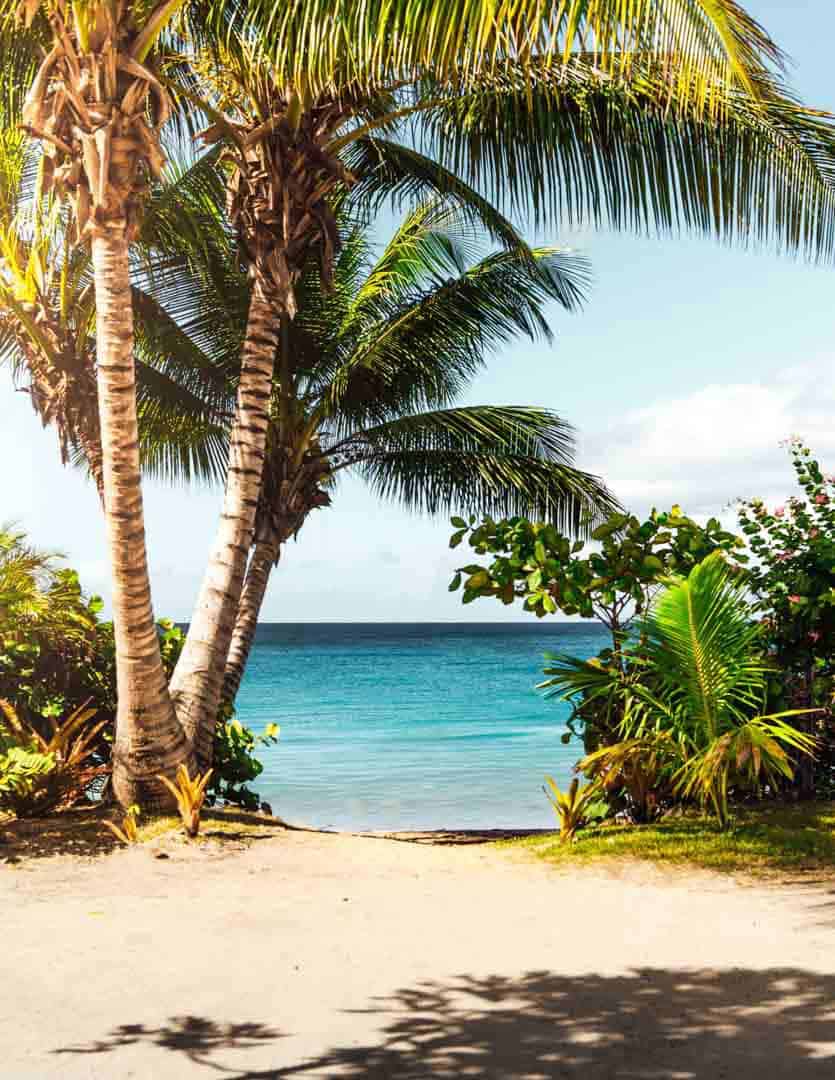
Cayo Diablo offers the best in unspoiled reefs in the Caribbean. It straddles the border between the Atlantic and the Caribbean and as a result is teaming with marine life. It also has a resident population of green and hawksbill turtles for you to snorkel amongst. You can also hunt for elkhorn and staghorn coral. There will be so much aquatic life surrounding you that you will not be sure where to look at, at times. This Puerto Rican paradise truly is an incredible snorkeling site; thalassophilic bliss.
GRENADA Underwater Sculpture Park
DIFFICULTY
Beginner
DEPTH
80 feet (24 meters)
VISIBILITY
100 feet (30 meters)
ACCESSIBILITY
Boat Dive
NOTABLE SEALIFE
Banded coral shrimp and other macro life
RENOWNED FOR
Amazing life-like sculptures
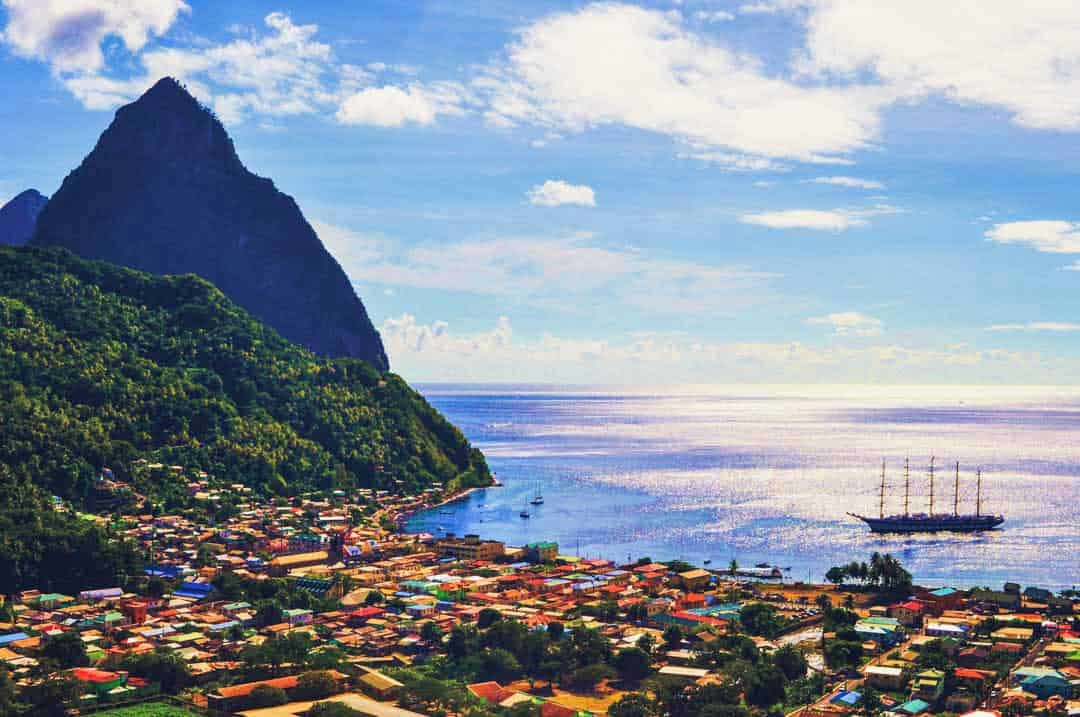
Voted as one of the Top 25 wonders of the world by National Geographic, the underwater sculpture park offers something for everyone. Weirdly life-like sculptures scatter the seabed. The artworks are engulfed by vibrant marine life. One sculpture includes a circle of congruently-sized children holding hands, known as Vicissitudes. The other statue, Sienna, is an elegant sculpture of a young diver from a much-loved local story. The sculptures have been designed to promote coral growth. This has been a success, with the art teeming with shoals of flounders, banded coral shrimp, and fireworms. The Underwater Sculpture Park is a snorkeling site you cannot miss, with so many sculptures to see you will never get bored.
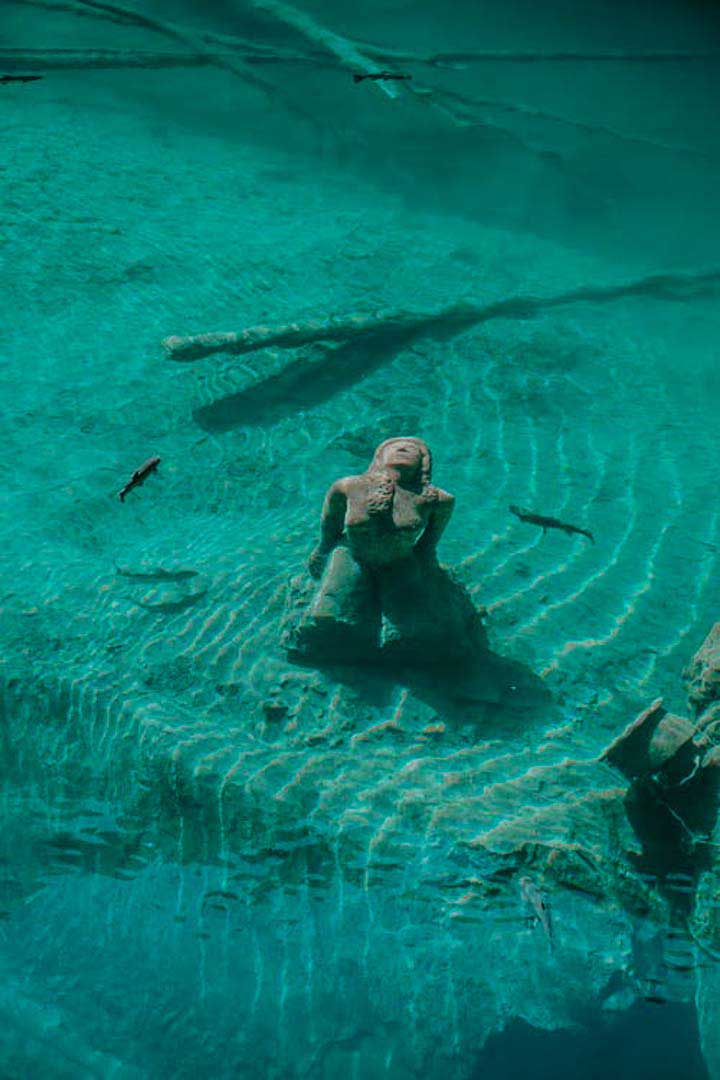
MEXICO Isla Mujeres
DIFFICULTY
Beginner
DEPTH
32 feet ( 9 meters)
VISIBILITY
60 feet (18 meters)
ACCESSIBILITY
Boat Dive
NOTABLE SEALIFE
Whale sharks
RENOWNED FOR
Close-up experiences with whale sharks
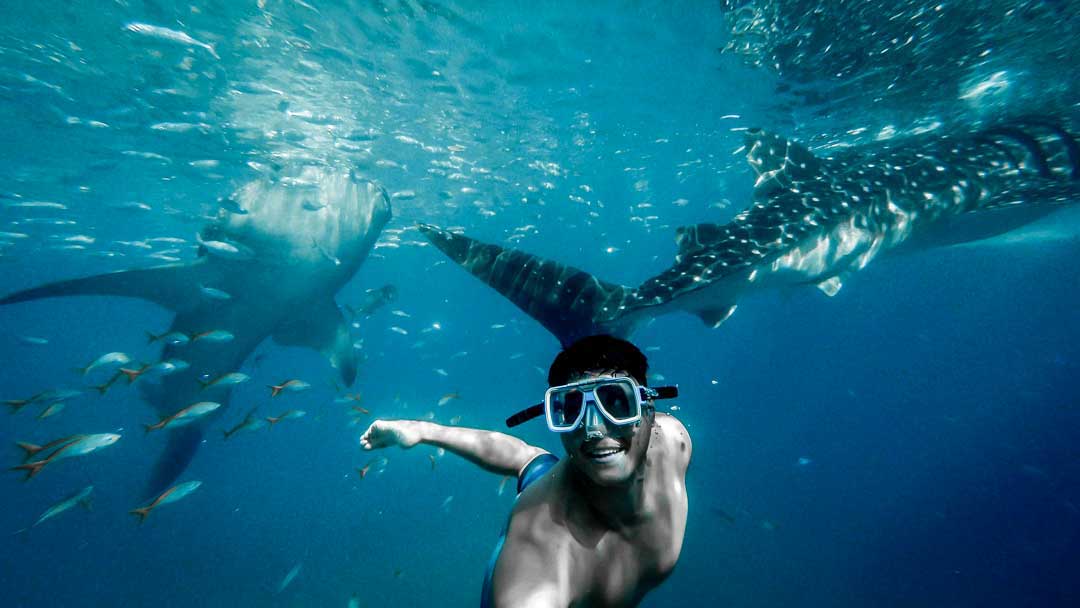
Isla Mujeres is one of the few places in the world, let alone the Caribbean, where you can swim with Whale-sharks. Whale sharks are the largest fish in the ocean and are nature’s tamest giants. Make sure you follow the protocols and don’t chase the animals but in general this site gives you a once in a lifetime snorkeling experience. The best time to snorkel with Whale Sharks is between June and August. They migrate during this period to the top of the Yucatan Peninsula. At the peninsula, they congregate around Isla Mujeres. The whale sharks here appear to be feeding on massive patches of fish eggs from spawning Atlantic Tuna. The surface of the water can become almost a milky color with fish eggs. As a result, the Whale Sharks converge on these nutrient-rich waters. These passive, filter-feeding sharks manage to filter 1,500 gallons of water an hour and are incredibly adept at their style of feeding. Fascinating and awe-invoking, the world’s largest fish are certainly a must-see for any passionate snorkeler.
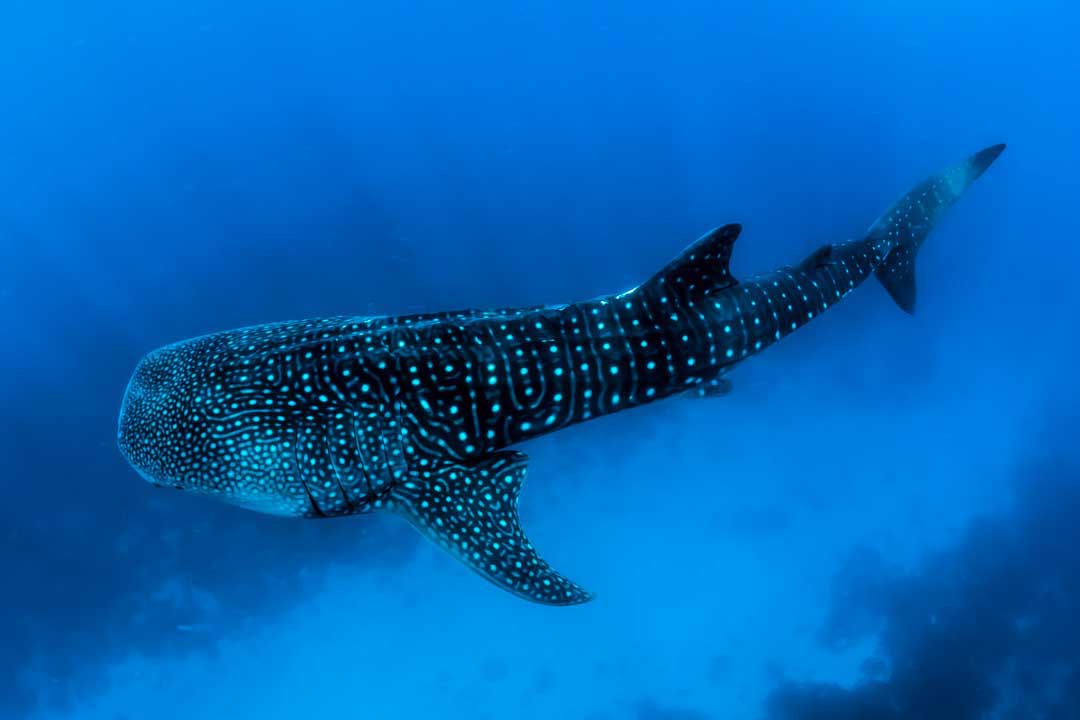
BONAIRE Klein Bonaire
DIFFICULTY
Beginner
DEPTH
10 feet ( 3 meters)
VISIBILITY
32 feet (9 meters)
ACCESSIBILITY
Shore entry
NOTABLE SEALIFE
Turtles and corals
RENOWNED FOR
Incredible corals and marine life
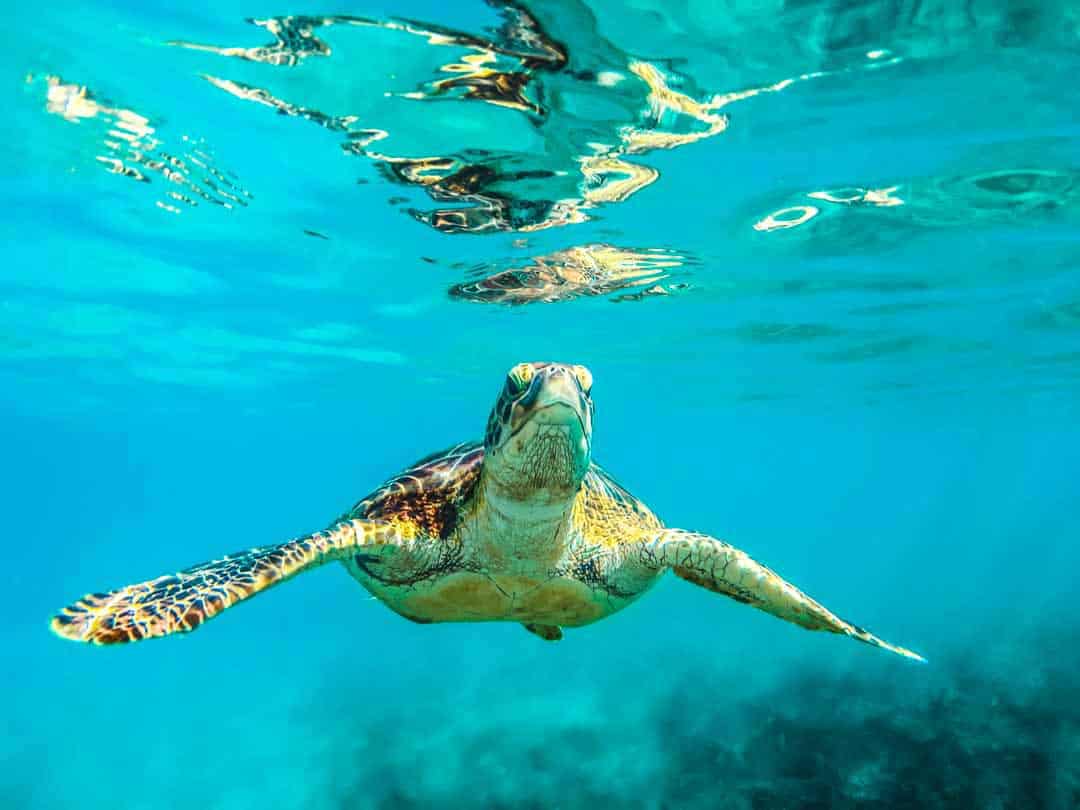
Klein Bonaire is a hotspot for spotting rare sealife. At Bonaire, Caribbean snorkelers are spoilt with sponges, hawksbill turtles, loggerhead turtles, and corals galore. It’s an incredible snorkeling site with most of the corals 3-10 ft below you. The island itself was privately owned until 1999 but now is fully established as a marine reserve. It is only half a mile away from the main island, meaning it can even be traversed by kayak, although with some difficulty.
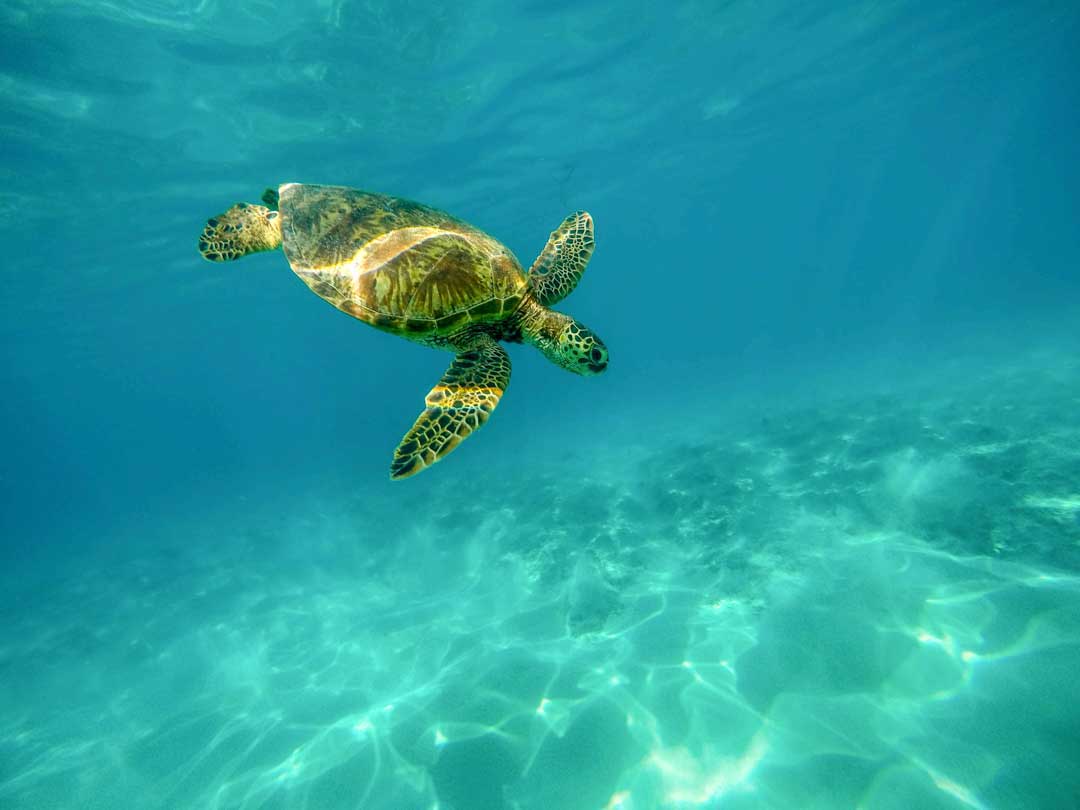
BAHAMAS EXUMA Thunderball Grotto
DIFFICULTY
Intermediate
DEPTH
32 feet (9 meters)
VISIBILITY
32 feet (9 meters)
ACCESSIBILITY
Shore entry
NOTABLE SEALIFE
Conchs, lobsters and other cave dwelling creatures
RENOWNED FOR
Swim-throughs and deep dark caves
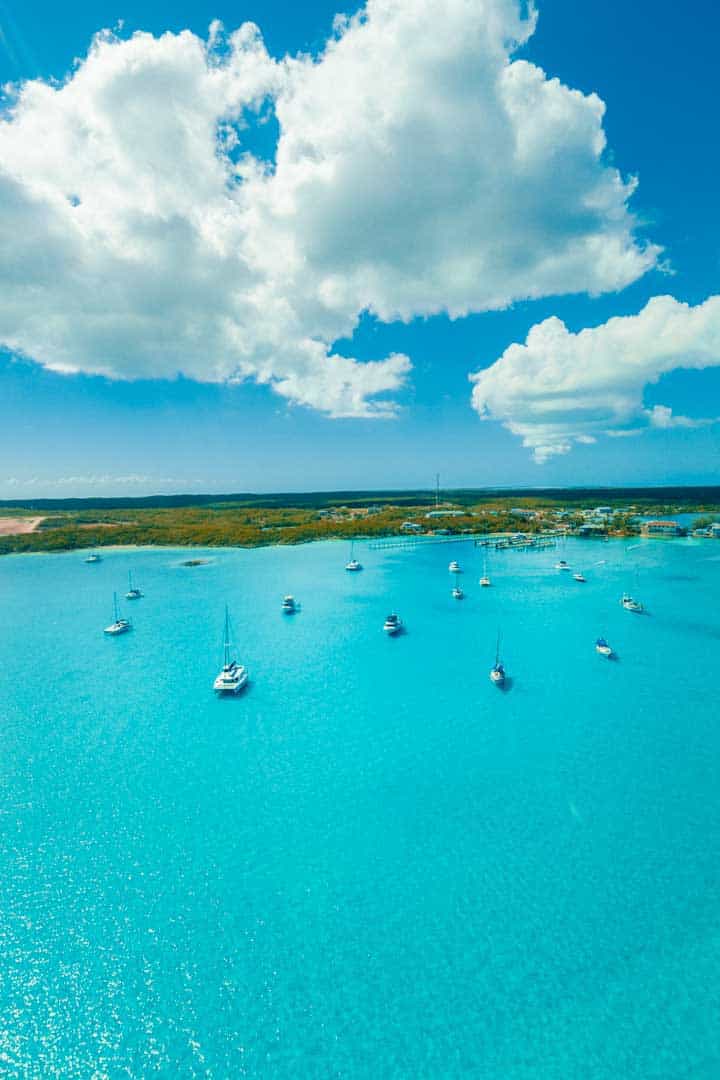
Would you believe it possible that you could snorkel where not one, but two James Bond films were set? While it is! In fact, it has starred in other movies too, including Splash and Into the Blue. The Thunderball Grotto is precisely what tourists picture when they imagine snorkeling in the Caribbean. There is an underwater cave system with a hidden entrance at the rock wall. The ceiling remains incredibly low in some segments. In other sections, the ceiling grows incomprehensibly high, with light penetrating in from all angles. The cave offers an incredible diversity of marine life and makes you feel like you are in a life-size aquarium. The Grotto can be dark and scary at times. We would only recommend it to advanced snorkelers and good swimmers. One great thing about the Bahamas is that the visibility is always crystal clear. Exuma’s Grotto embodies this fact more than any Caribbean snorkeling site I know!
DOMINICA Champagne Beach
DIFFICULTY
Advanced
DEPTH
32 feet ( 9 meters)
VISIBILITY
32 feet (9 meters)
ACCESSIBILITY
Shore entry
NOTABLE SEALIFE
Seahorses
RENOWNED FOR
The experience of swimming in champagne!
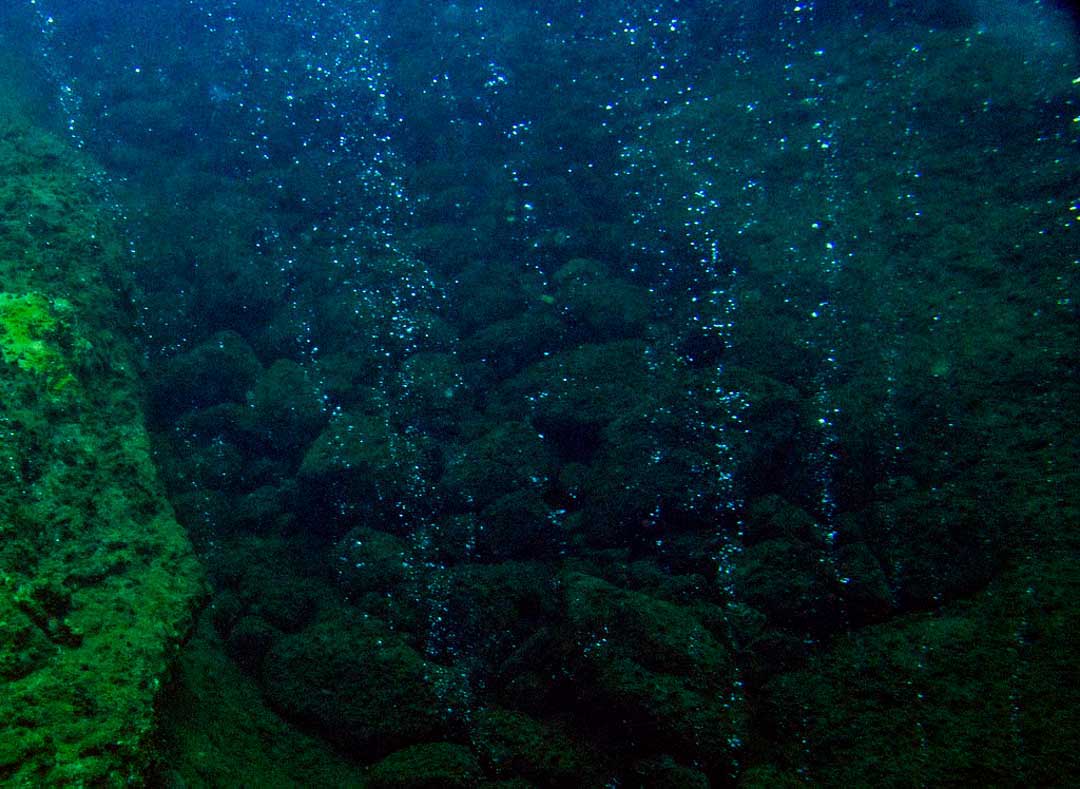
Ever wanted to know what it would be like to swim in a sea of champagne? Now you can find out. Champagne beach has an incredible natural phenomenon caused by volcanic activity underwater. Stream vents generate enormous quantities of bubbles which foam to the surface giving the impression of swimming in a fizzy drink. The experience of swimming in such effervescence is genuinely unique. Keep an eye out for seahorses; they can be spotted frequently on rock surfaces.
Additionally, you can swim down and play with the extremely warm sand along the ocean floor or indulge in the aptly located Champagne Bar & Restaurant along the beachfront.
LITTLE CAYMAN Bloody Bay Marine Park
DIFFICULTY
Beginner
DEPTH
100 feet ( 30 meters)
VISIBILITY
32 feet (9 meters)
ACCESSIBILITY
Shore entry
NOTABLE SEALIFE
Groupers, turtles and Lobsters
RENOWNED FOR
An incredible drop off
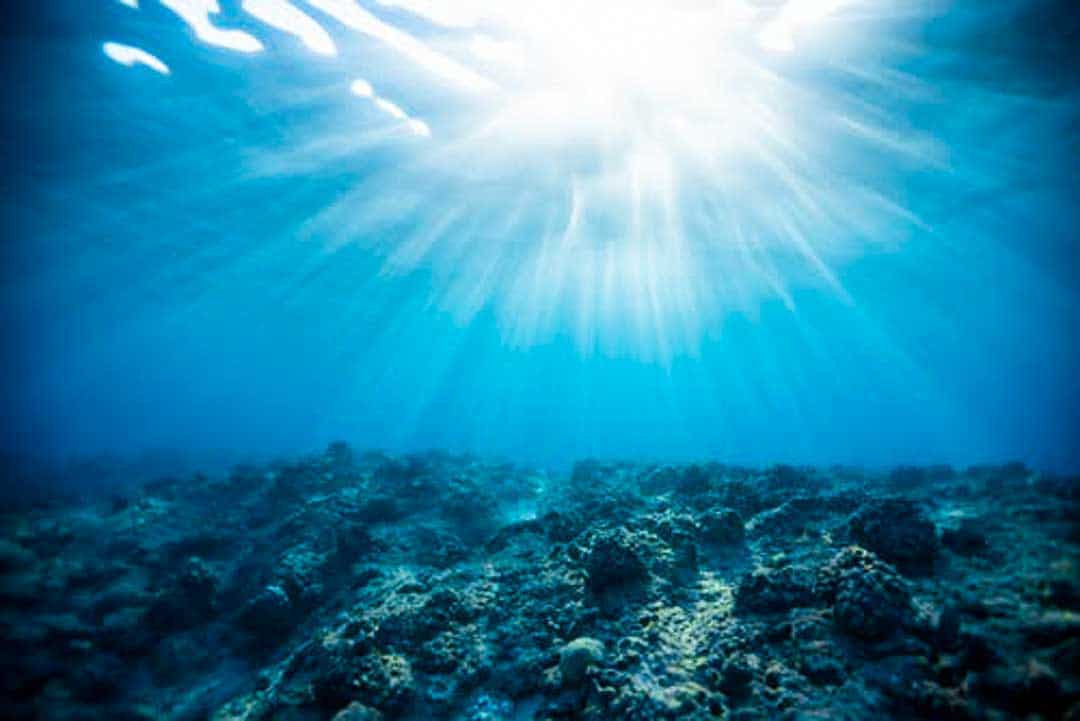
Due to its tiny population in Little Cayman, the reef here is untouched. As such, the corals are pristine with minimal damage. However, this is not the main attraction. Bloody Bay Marine Park is, in fact, one of the only places that snorkelers can witness a drop-off as divers would. While the Little Cayman reef only has a depth of 18 feet, when arriving at the Three Fathom Wall, your expedition plummets into darkness. It is an incredible experience that actually makes you believe you are hallucinating as you fall into the abyss. From the surface, all you can see is a reef wall that drops off into nothing.
With Bloody Bay falling inside a Marine Park, all the animals here are also protected. As a result, you can be on the lookout for Lobsters, Groupers, and even turtles. The highlight of this excursion, however, remains the drop off at the Three Fathom Wall. If you are an avid freediver, you can even attempt to swim down and see what awaits you at the bottom.
BEST SNORKELING IN CARIBBEAN
Snorkeling Guide
Best Snorkeling Months
It is very mild throughout most of the year and rainfall is pleasantly predictable. The best time to visit the Caribbean is between December to April when it’s much cooler and drier than other months. May to November can be wet, but the diving is superb all year round, with many islands to choose from it is easy to escape the wilder weather. For example, Trinidad and Tobago very rarely get hurricanes through July to October. Water temperatures vary, but you can generally expect the temperatures to average from 26 to 29 degrees centigrade with the warmest temperatures between April to November. Visibility too varies from island to island, but in remote sites, it can reach around 100 feet with regular visibility of approximately 50-65 feet.
Rainfall
Rainfall varies enormously, even on individual islands. Jamaica, for example, experiences approximately 80 inches of rainfall a year with the Blue Mountains getting over 200 inches of rain annually, so precipitation is very difficult to predict from month to month. Hurricanes, however, are much more frequent from July to October, so avoid these months, especially if you are prone to seasickness.
Temperature
Temperatures throughout the Caribbean are an average of 24 – 29 degrees year-round. Coldest months are between December to April, with temperatures reaching 24 degrees in December.
BEST SNORKELING IN CARIBBEAN
Traveler's Guide
TIME ZONE: Most areas of the Caribbean use -5 GMT, however, some areas such as the Dominican Republic and the British Virgin Islands use -4 GMT.
CURRENCY: Several different currencies serve multiple different territories in the Caribbean. The most widespread is the East Caribbean Dollar, The United States Dollar, and the Euro.
CALLING CODE: Area codes vary from island to island, however, to call any of the islands from abroad you use the prefix of 001 before the area code.
ELECTRIC VOLT: Most American-made electrical appliances work at 110 volts. South America and the Caribbean tend to use a voltage between 100 and 125 volts.
PLUG TYPE: Depending on which island you visit depends on the plug type, however, as a rough example, most islands exhibit an A/B plug type.
MAIN AIRPORT: Each island has a primary airport, but the busiest airports are in Puerto Rico, Dominican Republic, Cuba, and Jamaica.
BEST SNORKELING IN CARIBBEAN
FAQs
Where is the best snorkeling in the Caribbean?
The best snorkeling in the Caribbean depends on what you are looking for. For aquatic life, you would be looking at somewhere like Bonaire or Mexico. However, if you are more interested in underwater structures, then somewhere like Grenada with the underwater sculpture park would be a better choice. Alternatively, Champagne Beach and Bloody Bay give an incredible impression of the underwater landscape. They offer an insane collection of deep-water coves and drop-offs to see.
What is the best snorkeling in the Caribbean from the beach?
Look no other than Waterlemon Cay. It’s an outstanding shallow reef and only 10 minutes away from shore. To get there, you must hike a kilometer from a sandy beach on Leinster Bay. It’s a beautiful walk, and when you finally get there, you can look out for turtles and all sorts of iridescent marine life. A fascinating fact about the bay is that it was regularly used for combat when dueling was outlawed in the Danish West Indies. So do keep an eye out while you are walking around the beach; you may find some artifacts from days long passed.
Where is the best snorkeling in the Caribbean Western side?
Grand Cayman offers some of the best snorkeling in the Western Caribbean. Phenomenal snorkeling sites are found throughout the island with the most famous being the sandbar at Stingray City. Snorkeling operations continue to feed the stingrays giving a once in a lifetime opportunity to get close to these incredible animals.
Where is the best snorkeling in the caribbean Eastern side?
The island of Dominica offers some outstanding snorkeling. Dominica is home to nine active volcanoes bringing a bubbly experience to snorkeling on this breathtaking island. Champagne Beach is the main attraction. Here you can swim through your very own giant bottle of champagne. Look out for seahorses hanging on the rocky outcrop as well as frogfish and flying gurnards.
What is the best time of year to go for the best snorkeling in the Caribbean?
It is very mild throughout most of the Caribbean and rainfall is pleasantly predictable. The best time to visit is between December to April when it’s much cooler and drier than other months. May to November can be wet, but diving is excellent all year round, with many islands to choose from it is easy to escape the wilder weather.
Where is the best snorkeling in Bonaire?
Klein Bonaire is one of the best snorkeling sites in Bonaire. It is a small uninhabited island protected by the national park. It also has the only sandy beach in Bonaire, known locally as the no-name beach. The snorkeling site at Bonaire is something out of a movie. It boasts one of the only ‘drift snorkels’ in the Caribbean. There are some exceptional shallow reefs with turtles, bright fish, and a steep dropoff further out.
What are the best snorkeling resorts in the Caribbean?
Tranquility Bay Resort in Belize is situated on a beautiful remote beach on Ambergris Cay. Only accessible by boat the resort is 10 miles north of San Pedro. With charming traditional cottages and its positioning right alongside the water, it is something of a time capsule. From it, one can easily swim to some of the most pristine reefs in the Caribbean. Surrounded by the inner edge of Belize’s barrier reef, it is one of the most magnificent sites in all the Caribbean.
What is the best all-inclusive snorkeling resort?
Fowl Cay is an incredible luxury resort on the edge of Great Exuma in the Bahamas. It comes with complimentary use of a boat along with grottos and the opportunity to swim with pigs. Golf carts and fishing gear await at this incredible paradise.
REACH OUT
As always, we create our content with you, fellow divers, in mind. So, how’d we do? Did you find this informative? Did it help you make a decision? Did we miss anything? We’d love to hear from you below. Thanks for reading and we hope your next dive is a great one!


